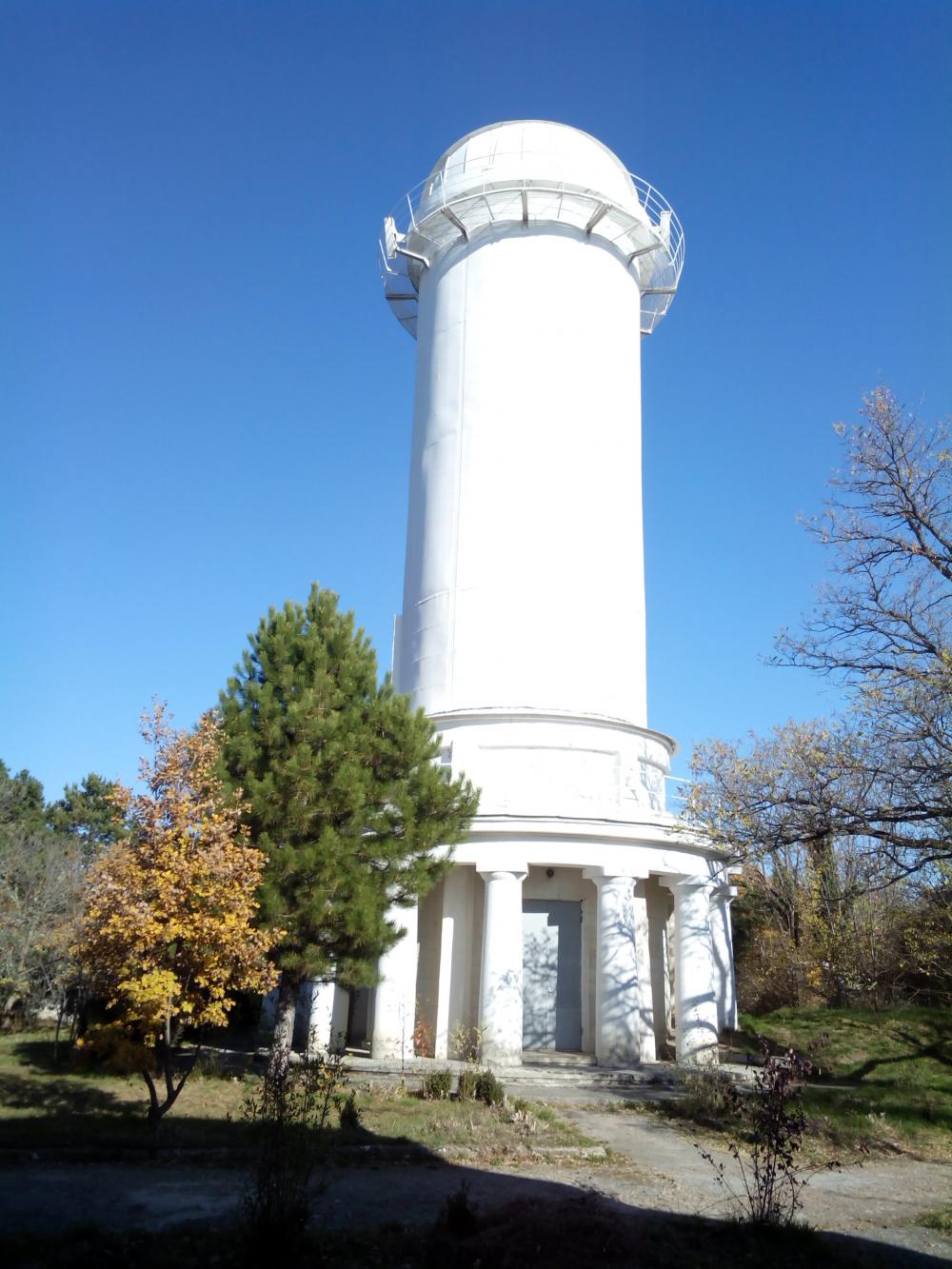
Category of Astronomical Heritage: tangible immovable
Simeiz Observatory, Ukraine

Description
Geographical position
Simeiz Observatory, Crimea (Krim), Ukraine
Simeiz (German: Simejis or Simeis, English: Simeiz, Russian: Simeiz)
1. Simeiz Observatory, Mount Koshka, Crimea, Ukraine (IAU code 094), (*1908),
16 km southwest of Yalta/Jalta, Yalta Municipality
2. Crimean Astrophysical Observatory, Nautschnyj (CrAO) (*1945), (IAU code 095),
298409 Bakhchisaray, p. Nauchny, Crimea -- about 30km from Simferopol
(44°43’36’’ N, 34°01.0’ E, Elevation 600m)
-- Crimean Astronomical Station of the Sternberg Astronomical Institute
-- Gennadiy Borisov’s observatory until it received its own code L51
Location
Simeiz station Latitude 44°24’46’’ N, Longitude 33°59’29,7’’ E, Elevation 360m above mean sea level.
22-m radio telescope at the foot of Mount Koshka in Katsiveli (near Simeiz) (Latitude +44:23:52.6, Longitude 2h15m55.1s)
IAU observatory code
094
Description of (scientific/cultural/natural) heritage
Simeiz Observatory, Crimea

Fig. 1a. Simeiz Observatory (1900), Mount Koshka, Crimea, and Crimean Astrophysical Observatory (CrAO) (*1945), Nautchny, Crimea, above the line of horizon are from left to right: 2.6-m-ZTSh-telescope, 1.25-m-Ritchey-Chretien Reflector (AZT-11), and TST-1 Solar telescope (Wikipedia CC3, Kirill Sokolovsky - Kirx)
The Russian amateur astronomer Nikolai Sergeevich Maltsov / Sergei Ivanovich Maltsov (1810--1893) (asteroid 749 Malzovia, discovered in 1913 by Belyavsky at the Simeiz Observatory) built in 1900 a tower for a refractor of his private observatory near Simeiz, in 1906, and another tower for the Zeiss double astrograph. In 1908, he donated his observatory to Pulkovo Observatory and it became a southern branch of Pulkovo, Saint Petersburg, as Astrophysical Observatory (1912).
This was the beginning of Simeiz Observatory on the 360m high Mount Koshka (the Cat), Crimea (1908/12) and it was active until the mid-1950s.

Fig. 1b. Main Building of the Crimean Astronomical Station of the Sternberg Astronomical Institute, Lomonosov University Moscow (Wikipedia CC3, Dmitry Sklyarenko)
The research topics were: observations of minor planets (Grigory Nikolayevich Neujmin (1885 jul./1886 greg.--1946) of Tbilisi in Georgia), stellar photometry (Sergey Ivanovich Belyavsky (1883--1953)), stellar catalogues of radial velocities, study of chemical composition of stars and the Sun, discovery of star rotation, star formation zones.
For radio astronomy, the 22-m-Radio telescope (Simeiz RT-22) is operated in Simeiz. Research: Molecular lines observations at mm wavelengths, monitoring of Active Galactic Nuclei.
After being destroyed in World War II, it was restored until 1948. The 122-cm-reflector telescope of the former Berlin-Babelsberg observatory was also dismantled as a reparation payment for the destroyed 1-m-reflector and rebuilt together with its dome in Simeiz.

Fig. 2a. 122-cm-Reflecting telescope, Carl Zeiss of Jena (1924) from Berlin-Babelsberg Observatory (Wikipedia 3, Rumlin)
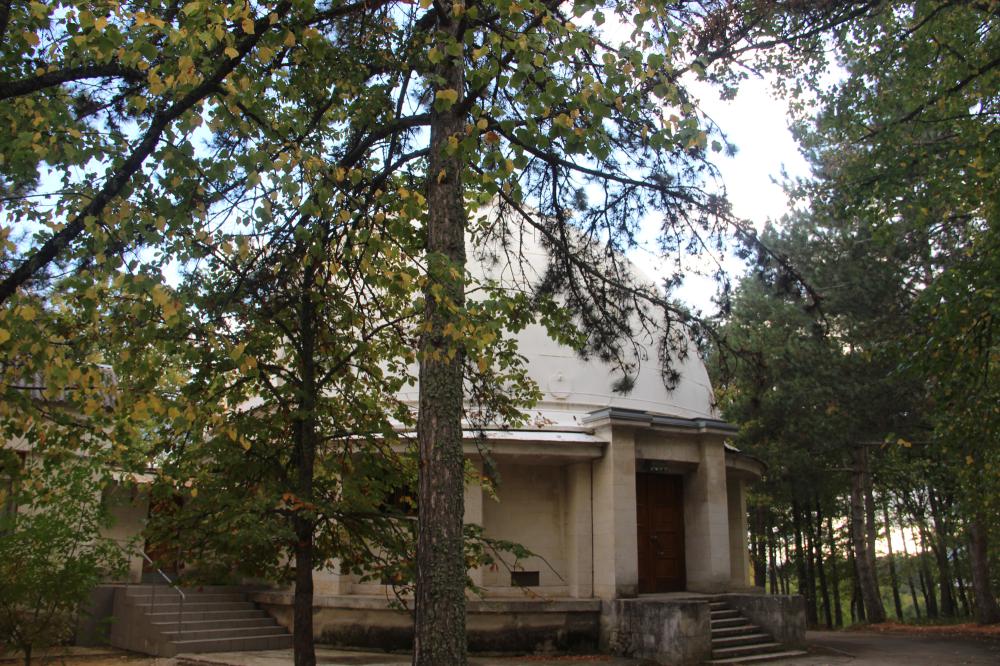
Fig. 2b. Dome of the 122-cm-Reflecting telescope, Carl Zeiss of Jena (1924) from Berlin-Babelsberg Observatory (Wikipedia 3, Vadim Indeikin)
Crimean Astrophysical Observatory Nautchny (CrAO)
But the Soviet Government decided to build in addition a new modern observatory -- in much better climate -- on the northern slopes of the Crimean mountains, the Crimean Astrophysical Observatory Nautschnyj (CrAO) and it came under auspices of the Academy of Sciences of the USSR (1945).
Grigory Abramovich Shajn (1892--1956) was appointed as first director, 1945 to 1952. The 40-cm-double-astrograph, the 122-cm-reflector, and the Lyot-coronagraph were received from Germany as reparations. Shaijn and Vladimir Aleksandrovich Albitzky (1891--1952), the former director of the Simeiz observatory from 1934 to 1945, started spectral observations of radial velocities of the stars, which contributed to the fame of the observatory.
The research topics of the new observatory are solar physics, observation of binary systems, radial velocity of stars and the study of quasars. The CrAO published the "Bulletin of the Crimean Astrophysical Observatory" since 1947, in English since 1977.
The Minor Planet Center (MPC) gives a total of 1286 numbered minor planets that were discovered at the Crimea-Nauchnyj Observatory (CrAO) site during 1966--2007 by the astronomers Grigory Neujmin, Sergey Belyavsky, Vladimir Albitsky, Grigory Shajn, Nikolaj Ivanov, Pelageya Shajn, Praskov’ja Parchomenko, Alexander Deutsch and Evgenij Skvorcov.

Fig. 2. Administrative building, Crimean Astrophysical Observatory Nautchny (CrAO) (Wikipedia CC3, Dmitry Sklyarenkon)

Fig. 2. Crimean Astrophysical Observatory Nautchny (CrAO) (Wikipedia CC3, Dmitry Sklyarenko)
History

Fig. 4a. Sectional elevation of 32 ft Dome of Simeiz Observatory with the 1-m-Reflector, made by Grubb Parsons of Newcastle upon Tyne (1926), (Sir Howard Grubb, Parsons & Company, Publication No. 4 (1926), Fig. 14)
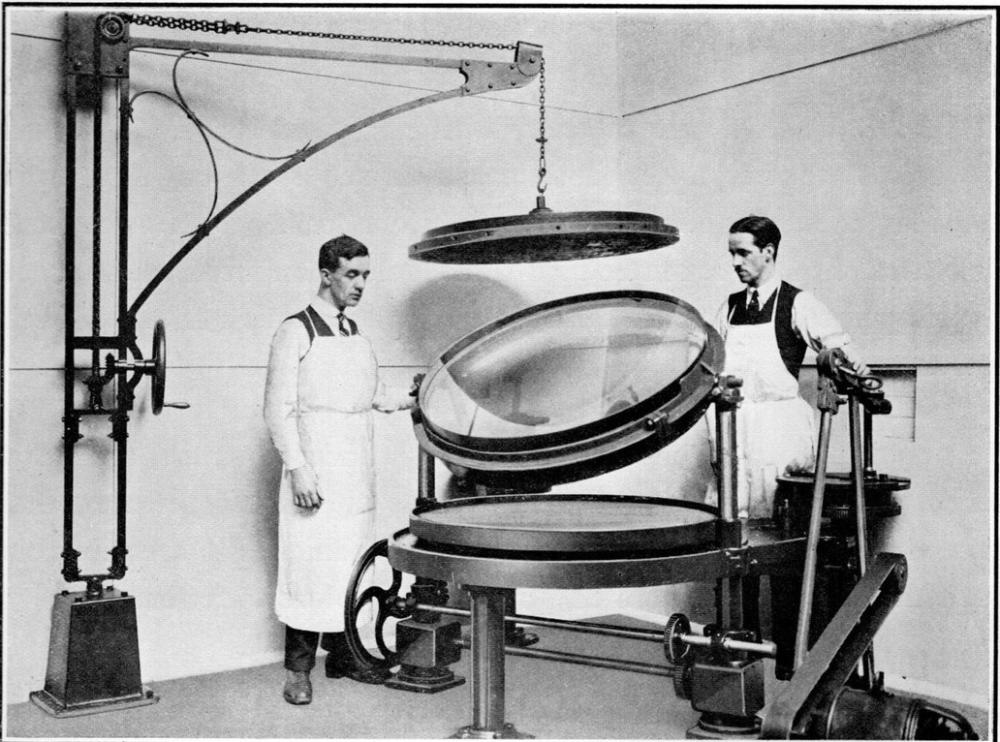
Fig. 4b. The parabolic great mirror of the 1-m-Reflecting telescope, made by Grubb Parsons of Newcastle upon Tyne (1926), Simeiz Observatory (Sir Howard Grubb, Parsons & Company, Publication No. 4 (1926), p. 12)
Instruments of Simeiz Observatory, Mount Koshka, Crimea
- 12-cm-Double Astrograph, Carl Zeiss of Jena (1906)
- Heliograph for photographing the Sun
- 100-cm-Reflector (40’’), Thomas & Howard Grubb of Dublin (1912/1926), mechanical, but not optical, parts completed under Grubb Parsons of Newcastle upon Tyne, never installed, included dome and rising floor -- distroyed in WWII.
Prof. Ivanov, director of Pulkovo Observatory in St. Petersburg, said in March, 1926: "The mirror of the Simeis Reflector has now been tested by Hartmann’s method, and the results show itto be the best of all mirrors hitherto known. The astronomer Shain, who is in charge of the reflector, is extremely satisfied with this instrument and with Sir Howard Grubb’s work. The mounting of the reflector is nearly finished, and some preliminary observations have already been done. The Simeis astronomers report that the brightness of the images is excellent; the faintest details of the nebula in Orion were seen in spite of the full moon. The images of stars are also good, although the regulation is not yet completely finished." (Sir Howard Grubb, Parsons & Company, Publication No. 4 (1926), p. 12)
This 100-cm-Reflector was replaced by the 122-cm-Reflector (Zeiss-122), focal length 8.4m, Cassegrain focus (f/20).
The 122-cm-Reflecting telescope, Carl Zeiss of Jena (1924) from Berlin-Babelsberg Observatory including the dome (1945) -- it was the largest telescope in Europe at that time.
Directors of Simeiz and Nautchny Observatory (CrAO)
- 1934 to 1945 -- Vladimir Aleksandrovich Albitzky (1891--1952)
- 1945 to 1952 -- Grigory Abramovich Shajn (1892--1956) --
head of construction, the first director of the Observatory at Nauchny - 1952 to 1987 -- Andrei Borisovich Severny (1913--1987)
- 1987 to 2005 -- Nikolai Vladimirovich Steshenko (*1927)
- 2005 to present -- Alla Rostopchina-Shakhovskaya (Romanova)

Fig. 5a. 2.64-m-Shajn Reflector, named after Grigory A. Shajn, LOMO (1950), Crimean Astrophysical Observatory (CrAO) (Wikipedia CC0, Apashenko)
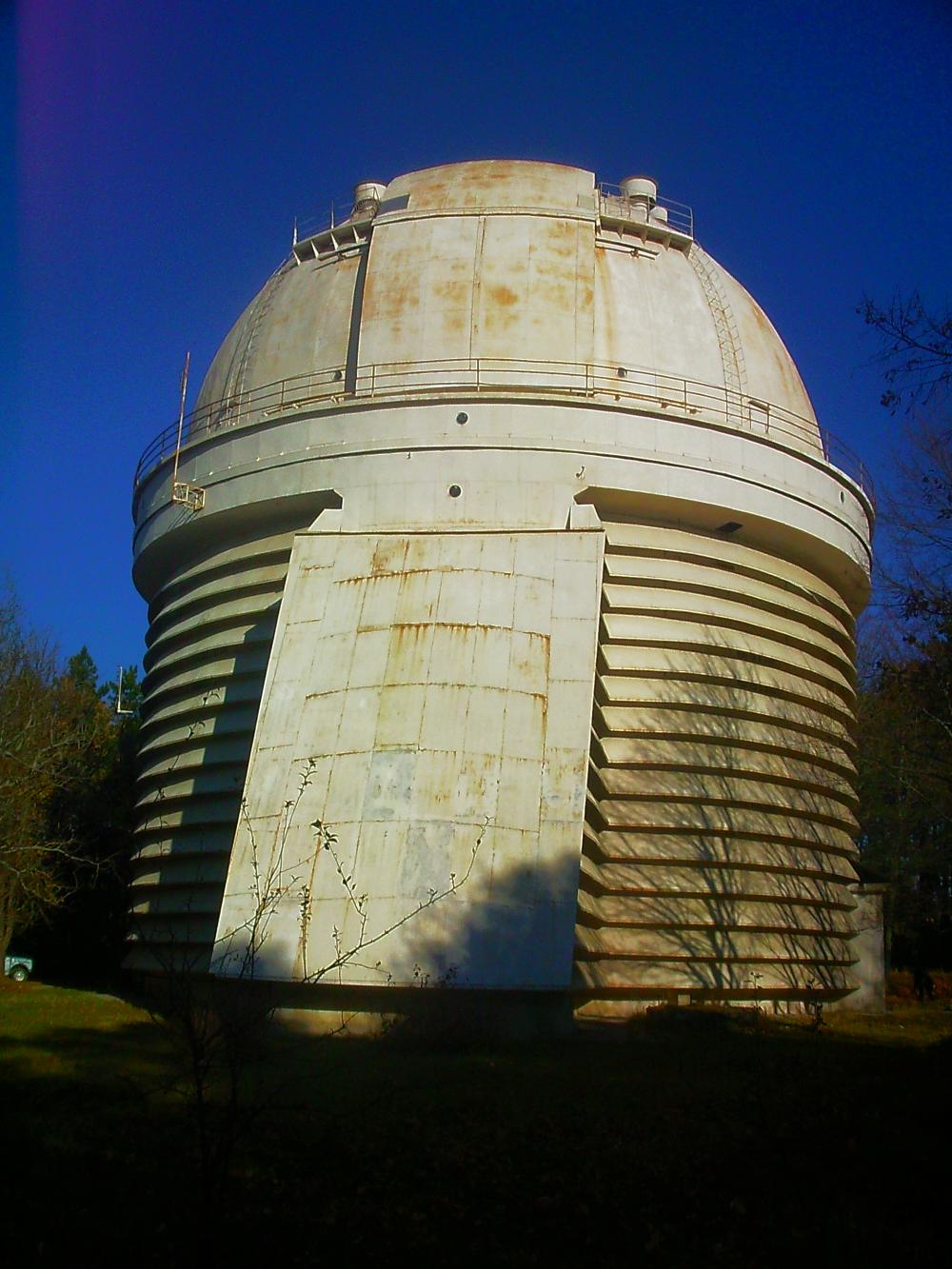
Fig. 5b. Dome of the 2.64-m-Shajn Reflector, LOMO (1950), Crimean Astrophysical Observatory (CrAO) (Wikipedia CC3, Dmitry Sklyarenko)
Instruments of Crimean Astrophysical Observatory (CrAO), Nauchny
- 40-cm-Double Astrograph (as reparation from Germany)
- 50-cm Maksutov telescope (MTM-500), Leningrad Optical and Mechanical Association (LOMO) (1950), with focal length 6.5m, Maksutov (f/13), CCD-camera in the Coudé focus
- 264-cm-Shajn Reflector (2.64-m-ZTSh-telescope), Leningrad Optical and Mechanical Association (LOMO) (1960/61) -- the largest telescope in Europe at that time
- 70-cm-Astronomical Reflecting Telescope 8 (AZT-8), Leningrad Optical-Mechanical firm (LOMO) (1964), with focal length 2.8m, Primary focus (f/4), Cassegrain focus (f/16, f/40), BVRI photometer with Apogee AP7p CCD-camera, observations of T Tau-stars and UV Cet-stars.
In 1977, the AZT-8 was transferred to Nauchny.
- 1.25-m-Ritchey-Chretien reflector (AZT-11), (1981) with a focal length of 16m (50-inch, automatic computer-controlled),Ritchey-Chretien (f/12.8), with 5-channel photopolarimeter by V. Piirola, CCD with a focus reductor
- 80-cm Ritchey-Chretien telescope (1983) (RK-800) with focal length 12.8m, Ritchey-Chretien focus (f/16) with CCD-camera, developed at the Crimean Astrophysical Observatory in 1983, in addition a single-channel photometer (1986) - spectrophotometric observations -- for the space station ASTRON
- 38-cm Cassegrain telescope (K-380), mirrors were polished by G.V. Borisov, manufactured by engineers of CrAO (1998), with focal length 5m, Cassegrain focus (f/13), CCD camera Apogee Alta E47 (2012) and turret with BVRI filters

Fig. 5c. RT-22 Simeiz Radio telescope up to 2mm (1966), Department of Radio Astronomy of the CrAO in Kaciveli, Crimea (Wikipedia CC2, Vyacheslav Argenberg)

Fig. 5d. RT-22 Simeiz Radio telescope (1966) on the slope of Mount Koschka in Kaciveli, Crimea (Wikipedia, Andre Bardano)
Instruments for New Wavelengths and Space Observations
The Department of Radio Astronomy of the CrAO in Kaciveli [Katsiveli], Crimea, was founded in the 1960s.
- 22-m-Radio telescope for mm and cm wavelengths (Simeiz RT-22) (1966) on Mount Koschka in Katsvell near Simeiz
- Orbital Solar Telescope (OST-1) was mounted on board the Space Station Salut-4 (1975)
- GT-48 -- Gamma-Ray Telescope consisting of 48 mirrors with a total area of 54m2 (1989)
- SPECTRUM-UV project: 1.7m UV telescope with an image camera and a set of spectrometers of different resolutions

Fig. 6a. Solar Tower Telescopes 2 (TST-2) and 1 (TST-1), CrAO Crimea (Wikipedia 3, Dmitry Sklyarenko)

Fig. 6b. Dome of the Coronograph, CrAO Crimea (Wikipedia 3, Vadim Indeikin)
Solar telescopes
- 1.2-m-Solar Tower Telescope 1 (TST-1) (BST-1-Solar-telescope) (1955, modernized in 1973), 120-cm coelostat, 90-cm-spherical primary mirror, 110-cm small mirror diameter, Cassegrain foci (f/56, f/78), an image of the Sun with a diameter of 50cm, in addition a double channel magnetograph (1968) -- used for the observations of magnetic fields, velocity in active reagions, solar oscillations (helioseismology, 1974).
- 60-cm-Solar Tower Telescope 2 (TST-2), 60-cm coelostat, 45-cm-spherical primary mirror (f/27), one flat and two convex secondary mirrors provide f/27, f/46 and f/78 Cassegrain foci on the entrance slit of a spectrograph. There are an echelle-grating, Universal Spectrophotometer with a scanning system and a CCD camera.
The TST-2 is used for spectral studies with analyzers of circular and linear polarization.
- 21-cm-Large Coronograph 1 (KG-1), (f/17), f=5m or 13m,
0.5 Å H-alpha filter, made by Bernhard Halle Nachfolger of Berlin, used as a chromospheric telescope with registration on 35mm film, 1950s, used for World Solar Service (sunspots, flares) 53-cm-Large Lyot Coronograph 2 (KG-2), Lyot type coronograph, (f/15) and with Coudé focus is equipped with a 8-m-diffraction spectrograph (f/20),
0.5 Å H-alpha birefringence filter and a device for photographic registration of linear polarization in details of solar emission (as reparation from Germany)

Fig. 6c. Solar Tower Telescope 2 (TST-2), 60-cm-Coelostat, 45-cm-spherical primary mirror, CrAO Crimea (Wikipedia 3, Dmitry Sklyarenko)

Fig. 6d. Large Solar Tower Telescope TST-1, 120-cm coelostat, 90-cm-spherical primary mirror, CrAO Crimea (Wikipedia 3, Kirx)
State of preservation

Fig. 6a. Dome of the Zeiss 1000 Telescope, Simeiz Observatory, Mount Koshka, Crimea (Wikipedia CC4, Skruch-13)

Fig. 6a. Dome of the 2.64-m-Shajn Reflector, LOMO (1950), Crimean Astrophysical Observatory (CrAO), (Wikipedia CC3, Dmitry Sklyarenko)
The main historical building of Simeiz Observatory (1908/12), Mount Koshka, Crimea, was restored and modernized after WWII. Both towers with domes of Simeiz Observatory, initiated by Sergey Ivanovich Belyavsky (1883--1953), are preserved until today.

Fig. 6c. Main Building of the Crimean Astrophysical Observatory of the Academy of Sciences of the USSR (CrAO) (Wikipedia CC3, Dmitry Sklyarenko)
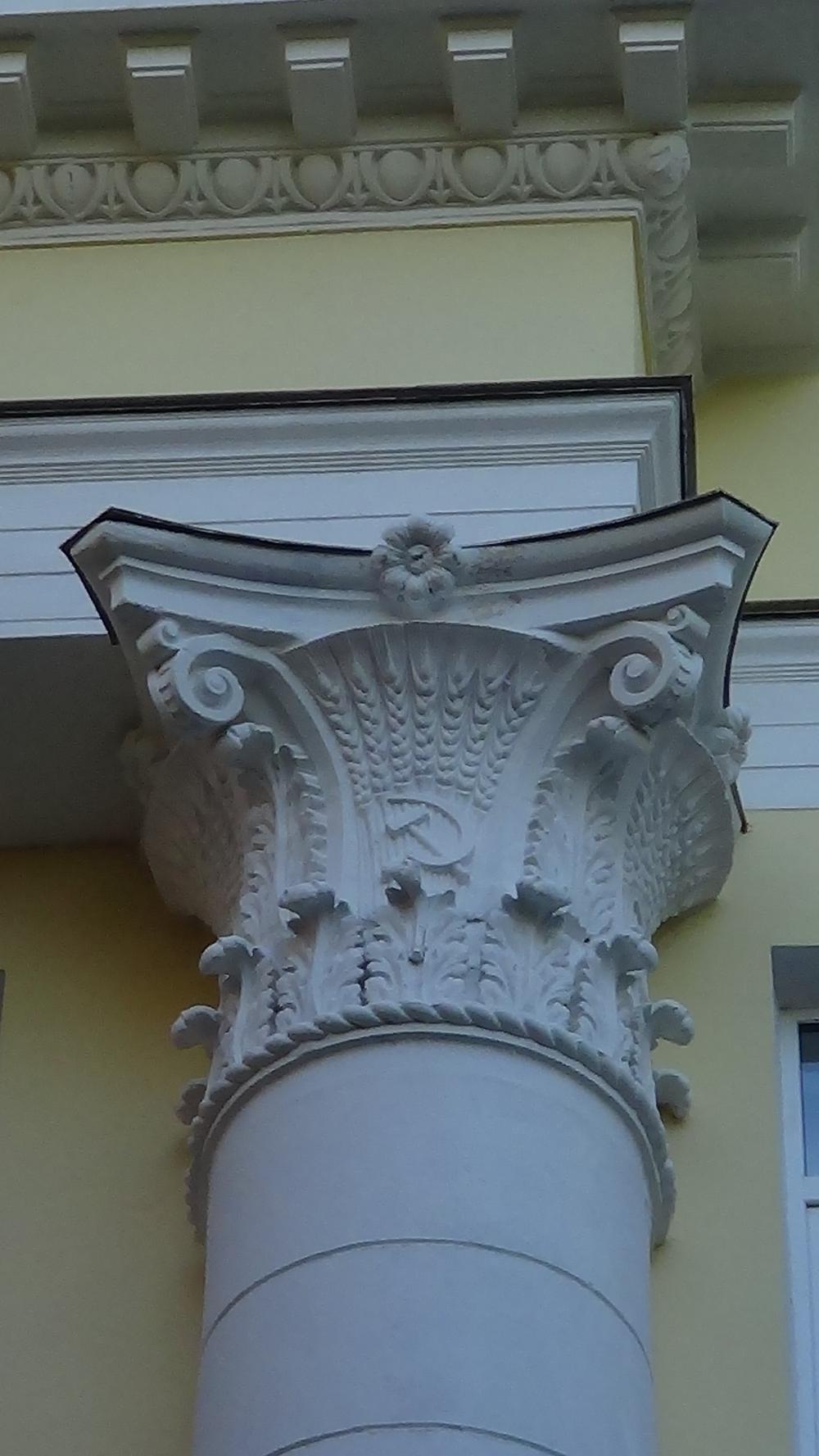
Fig. 6d. Column of the Main Building of the Crimean Astrophysical Observatory of the Academy of Sciences of the USSR (CrAO) (Wikipedia CC3, Dmitry Sklyarenko)
A new modern building for the Crimean Astrophysical Observatory of the Academy of Sciences of the USSR (CrAO) was erected in 1945 on the northern slopes of the Crimean mountains.
Tower of the Winds in Sevastopol (1849), Crimea

Fig. 6e. Tower of the Winds (1849), Marine Library Tower, in the Federal City of Sevastopol, Crimean peninsula (Wikipedia CC3, Dmitry Sklyarenko)
In addition, I would like to mention a very interesting building, the Tower of the Winds (Marine Library Tower) in the Federal City of Sevastopol, Crimean peninsula, inspired by the Tower of the Winds in Athens, Greece (but Sevastopol is three times smaller); it was erected by the engineers Dikorev and John Upton-Venikeev in classicism style in 1849. This octagonal shape was a typical for observatories in Baroque time, 17th and 18th centuries until around, cf. Halle Observatory (1788), Germany, or Radcliffe Observatory (1773) in Oxford, England. The frieze shows the eight gods of the winds for the cardinal directions. On the pyramidal roof was a weather vane.
This architectural monument in the central Leninsky district near the Vladimir Cathedral of Sevastopol was built in order to provide ventilation for the book depositories of the large Maritime Library (this library building burned down in 1855, during the siege of Sevastopol); the Tower of the Winds survived.
Comparison with related/similar sites
The Crimean Astrophysical Observatory (CrAO) is a mountain observatory like Lick Observatory, Mt. Hamilton or Mount Wilson, California, USA - typical since around 1900.
See also Astronomical Observatories of Ukraine: Mykolaiv Observatory, Observatory of Kyiv National University, Odessa Observatory, Simeiz, Crimean Astrophysical Observatory near Yalta (2008):
"This transnational nomination brings together important astronomical observatories. Four observatories from the 19th and 20th centuries in Ukraine are included in the nomination: Mykolaiv Observatory, Astronomical Observatory of Kyiv National University, Astronomical Observatory of Odessa National University, and Crimean Astrophysical Observatory." - UNESCO World Heritage, Ukraine Tentative List (2008), Criteria (ii), (iv) and (vi) (cultural).
Threats or potential threats
This place is located on the Crimean peninsula, which is recognised internationally as part of the territory of Ukraine that is currently under occupation by the Russian Federation.
Present use
The Simeiz Observatory (1900) is still used, but the more important one is the Crimean Astrophysical Observatory (CrAO) (1945).
Astronomical relevance today
The Crimean Astrophysical Observatory (CrAO) has five departments:
Solar Physics, Physics of Stars and Galaxies, Radio-Astronomy, Gamma-Ray-Astronomy and Experimental Astrophysics.
References
Bibliography (books and published articles)
- Dobronravin, P.P. & N.V. Steshenko: The Crimean Astrophysical Observatory. Simferopol: Crimea 1965 (79 p.).
- Glass, Ian: Personal communication (March, 2022).
- Gurshtein, Alexander A.: Shain [Shayn, Shajn], Grigory Abramovich. In: The Biographical Encyclopedia of Astronomers 2007, p. 1046.
- Sir Howard Grubb, Parsons & Company, Publication No. 4 (1926).
- Pinigin, G.I. et al.: B5. Astronomical Observatories in Ukraine relevance to the Unesco Astronomy World Heritage Initiative. In: Astronomy and World Heritage: Across Time and Continents. Proceedings of the UNESCO Conference Kazan, August 2009. Ed. by Mikhail Ya. Marov. Associate Scientific Editors: Olga B. Dluzhnevskaya, Jarita C. Holbrook, Viktor K. Abalakin, Yuri A. Nefedyev, Tamila M. Potyomkina. International Astronomical Union, UNESCO. Kazan: Publishing House of Kazan University 2016, p. 203-211.
Links to external sites
- Crimean Astrophysical Observatory Nautschnyj
- Telescopes of Crimean Astrophysical Observatory Nautschnyj
- Brief history -- Crimean Astrophysical Observatory
- Solar Telescopes -- Crimean Astrophysical Observatory
- About us -- Crimean Astrophysical Observatory
- Petr Pavlovich Dobronravin: Crimean Astrophysical Observatory, a detailed history of Simeiz and Crimean Astrophysical Observatory (in Russian).
- Amateur astronomy in Russia: past, present and future
- 749 Malzovia - Asteroid
- Tower Of Winds Description And Photo - Crimea: Sevastopol
No multimedia content published
Currently there is no multimedia content published for this case study







































